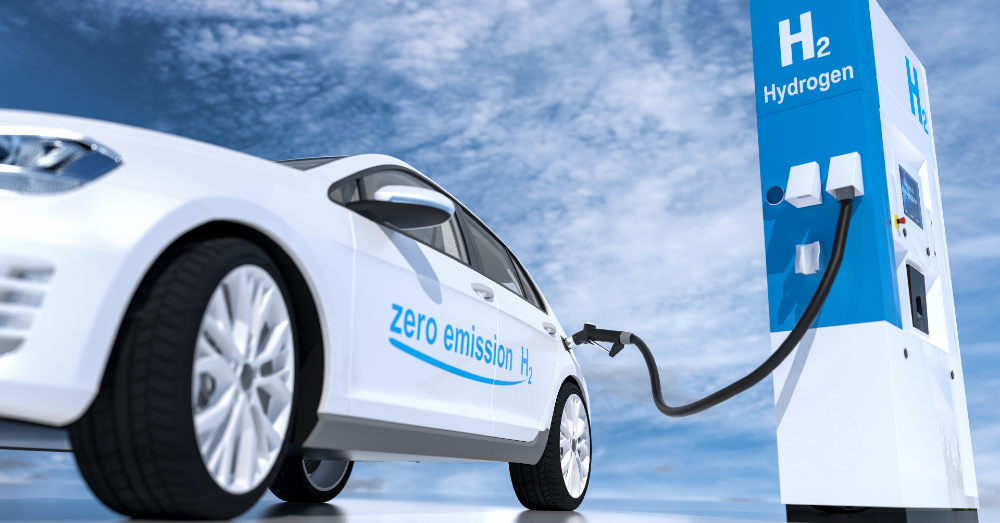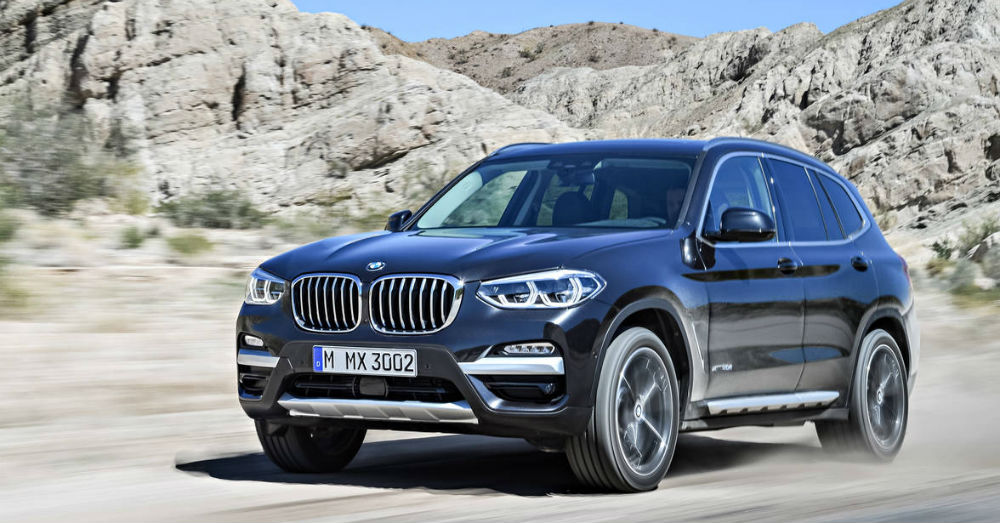Every day we hear about some advancement in the way automobiles are produced, from fully electric pickup trucks to newly released hydrogen cars.
Of course, electric vehicles and hybrids are getting most of the attention right now because the technology is here and ready to use. Hydrogen cars, however, aren’t getting as much attention in the United States just yet.
While electric cars tend to make more sense to regular consumers, hydrogen fuel cells feel like a mystery to many drivers. Luckily, conjuring some memories from your high school chemistry class should help this new tech make complete sense.
How Do Hydrogen Cars Work?
Over 200 years ago, Francois Isaac de Rivaz, a French inventor, created a simple engine. This engine was powered by hydrogen and oxygen that was ignited by an electric spark. The result was a relatively clean and useful power source. Of course, this kind of power just wasn’t practical.
Modern hydrogen engines depend on fuel cells. The concept is the same as Rivaz’s invention. Hydrogen enters the fuel cell from a tank. It mixes with oxygen to create H2O. The chemical reaction generates electricity that is used to power motors.
Hydrogen tanks are much like the gas tanks we currently use. To fill your tank, you’d lock in a pipe and wait for the tank to fill. The price of hydrogen is roughly the same as gasoline, but it’s not considered a fossil fuel. That means there’s no limit to how much hydrogen is available, unlike gasoline that has a limited supply.
Hydrogen Cars Are Similar To Hybrid Cars
We’re all familiar with hybrid vehicles like the Toyota Prius. These cars have batteries that help maximize fuel efficiency. At low speeds, hybrids can even travel on battery power alone.
Hydrogen cars do the same thing. As the car speeds up or needs access to power, like going uphill, it draws electricity from the hydrogen motor. This process also helps recharge the battery, meaning it never has to be plugged in like a plug-in hybrid.
The Pros and Cons of Hydrogen Vehicles
As you can imagine, there are tons of benefits to driving a hydrogen-powered vehicle.
- Completely green energy. Hydrogen motors produce zero harmful emissions
- Faster refueling. While filling up your tank is similar to filling up a gas tank, it only takes about five minutes to fully fuel a hydrogen tank
- Excellent efficiency. Fuel cells produce more efficient energy than traditional cars
- Awesome range. Hydrogen powertrains are known for delivering a solid 300 miles per tank
Hydrogen vehicles aren’t without faults, though. There are a few major drawbacks to this technology:
- It’s New. This tech is so new that there are virtually no (or very few) fueling stations available
- The cost. Storing and moving hydrogen is not cheap. Neither is the cost of developing this tech.
- Potential safety risk. Hydrogen is flammable, which could be a risk. Of course, gasoline is also flammable
You Don’t Have To Understand It To Love It
Even if chemistry wasn’t your best subject in school or you avoided it altogether, hydrogen cars don’t have to be a mystery. For the most part, they operate much like the vehicles we enjoy today. Instead of igniting a mixture of gasoline and oxygen to produce power, these vehicles use the chemical reaction of combining hydrogen and oxygen to get things moving.
There may not be many fuel cell vehicles around today, but some auto manufactures are exploring this tech. Hyundai already has a Nexo Fuel Cell car available in California, and many others are soon to follow.
This post may contain affiliate links. Meaning a commission is given should you decide to make a purchase through these links, at no cost to you. All products shown are researched and tested to give an accurate review for you.




